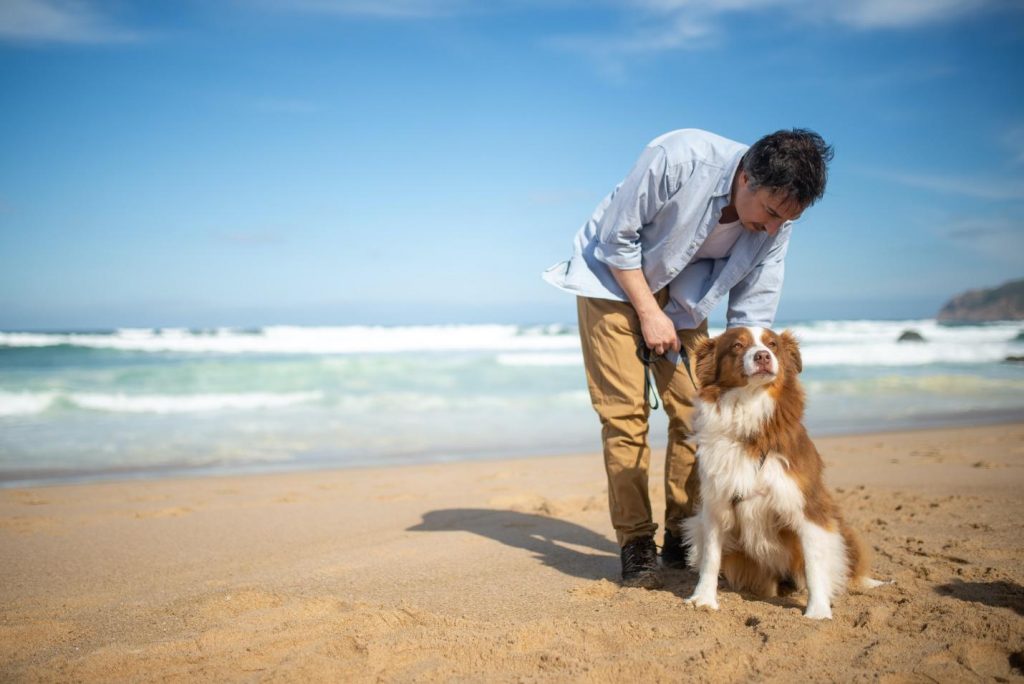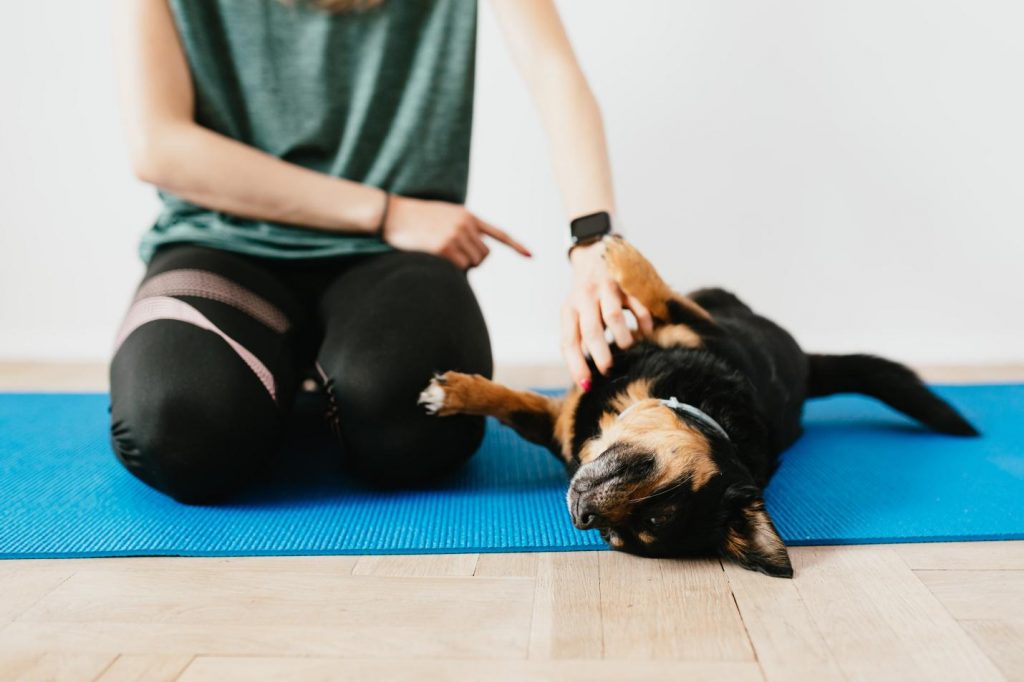
Positive dog training is a wonderful way to help your dog develop new skills and improve its confidence. When canines are repeatedly punished for misbehaviour, they develop poor self-esteem and a broken spirit.
Positive canine training helps to restore your canine’s confidence and makes learning fun. The result is a happier, more responsive canine! Positive canine training also improves your relationship with your canine. It is also effective in reducing stress levels, reducing boredom, and improving learning.
Reduces stress levels
Physical activity and regular canine training sessions are a terrific way to reduce stress and increase your canine’s happiness. In addition to the physical benefits, physical activity can also help your canine live a longer life. Mental stimulation is also essential for your canine’s mental health, so you can combine physical and mental training sessions. For example, use toys to entice your canine to perform a certain task in return for treats.
Positive dog training is easy to do. By rewarding your dog for doing good behaviour, you are giving him an outlet for his pent-up energy and helping him learn good behaviours. However, positive dog training should be done under adult supervision.

Improves communication
Positive canine training helps bridge the gap between you and your canine. Instead of punishing your canine when they misbehave, you should use rewards to motivate your canine.
It is important to note that punishment only creates more stress for both parties and is rarely effective in improving communication. When you use positive training, you can communicate easily and effectively with your canine.
Reduces boredom
Using a variety of physical and mental exercises for your canine can reduce boredom. Brain games and puzzles are a fun way to challenge your canine’s mind. These activities should be repeated regularly to ensure maximum benefit.
Another great way to reduce boredom is to give your canine a new task. Try introducing a new toy or changing up your daily walking routine. A canine that loves to play with toys should be given an opportunity to play fetch or chase a squirrel. Alternatively, a canine with a high energy level may enjoy a game of agility.

Improves learning
In the field of animal behaviour, there is a growing body of evidence that positive dog training can improve learning. Many professionals, such as Guide Dogs for the Blind and Denise Fenzi, have analyzed the impact of different training techniques. Both groups have reported that less negative training methods were more effective.
When using a positive canine behaviour modification method, the trainer tries to solve the underlying problem instead of punishing the symptom. For example, a canine may bark because it is afraid. However, using a prong collar, choke collar, or electronic collar to punish this behaviour is not an effective way to resolve the problem. By punishing the cause, the canine will experience even more anxiety and aggression.
Reduces aggression
One of the best ways to reduce your canine’s aggression is to focus on behaviour modification. This method is safe for canines but should only be performed under the supervision of a qualified professional. The main goal of this behaviour modification is to eliminate or drastically reduce your canine’s tendency to become aggressive. Behaviour modification should include rewards for good behaviour and should not be aggressive in nature.
First, you must identify the causes of the canine’s aggression. Sometimes, you may be able to change the environment to prevent aggressive behaviour. Other times, it may be necessary to remind the canine of your authority.
Reduces fear
Fear is one of the most common reasons why canines exhibit aggressive behaviours. To reduce this fear, you should expose your canine to situations that he is comfortable with, as well as familiar people and things. This will make him associate the scary situation with something positive. It may be food, praise, or a toy.
A canine that is afraid of thunder, for example, may react to other sounds that are present during a thunderstorm. You should always be prepared to deal with this behaviour calmly and consistently. Adding some toys and a soft voice to your canine’s room can be helpful as well.
Reduces urination problems
The key to reducing urination problems in canines is to establish a consistent bathroom routine. The first step is to take your canine out first thing in the morning and wait until he defecates naturally. You can also try using a pee pad or light perineal stimulation to trigger defecation. During this time, you should be as calm as possible and avoid using any negative body language, like yelling or showing your displeasure.
Urination problems can be caused by a few several reasons. They can be a result of poor control or a symptom of an underlying health condition. For example, a spayed female might have problems urinating if she is pregnant or has a disease affecting her urinary tract. Other causes include neurologic disorders and tumours. Some of these conditions can cause incontinence, or the loss of nerve or muscle control, which leads to frequent and uncontrolled urination.
Reduces behaviour problems
Positive canine behaviour modification uses non-confrontational methods that teach your pet to associate positive behaviour with a reward. This method builds trust between pet parents and their pets and lessens frustration and anger in both parties. In addition, it reinforces good behaviours, which in turn make your canine feel better inside.
Positive dog behaviour modification is essential to reducing behaviour problems. Dogs do not come with innate knowledge, so you must teach them what they should and should not do.
This requires consistency, a consistent approach, and consistent management. Although this can be difficult, you can find trainers like the ones found here: https://www.gooddog.ca/dog-training-port-moody that are well-versed in this approach and can help guide you. If you are unsure of a trainer’s methods, do not be afraid to ask questions.
Positive dog training techniques have been proven effective with high-drive breeds. In fact, police K9 training and protection dog sports have both relied on positive techniques. However, there are a few breeds that do not respond well to aversive training.
Article Supplied
